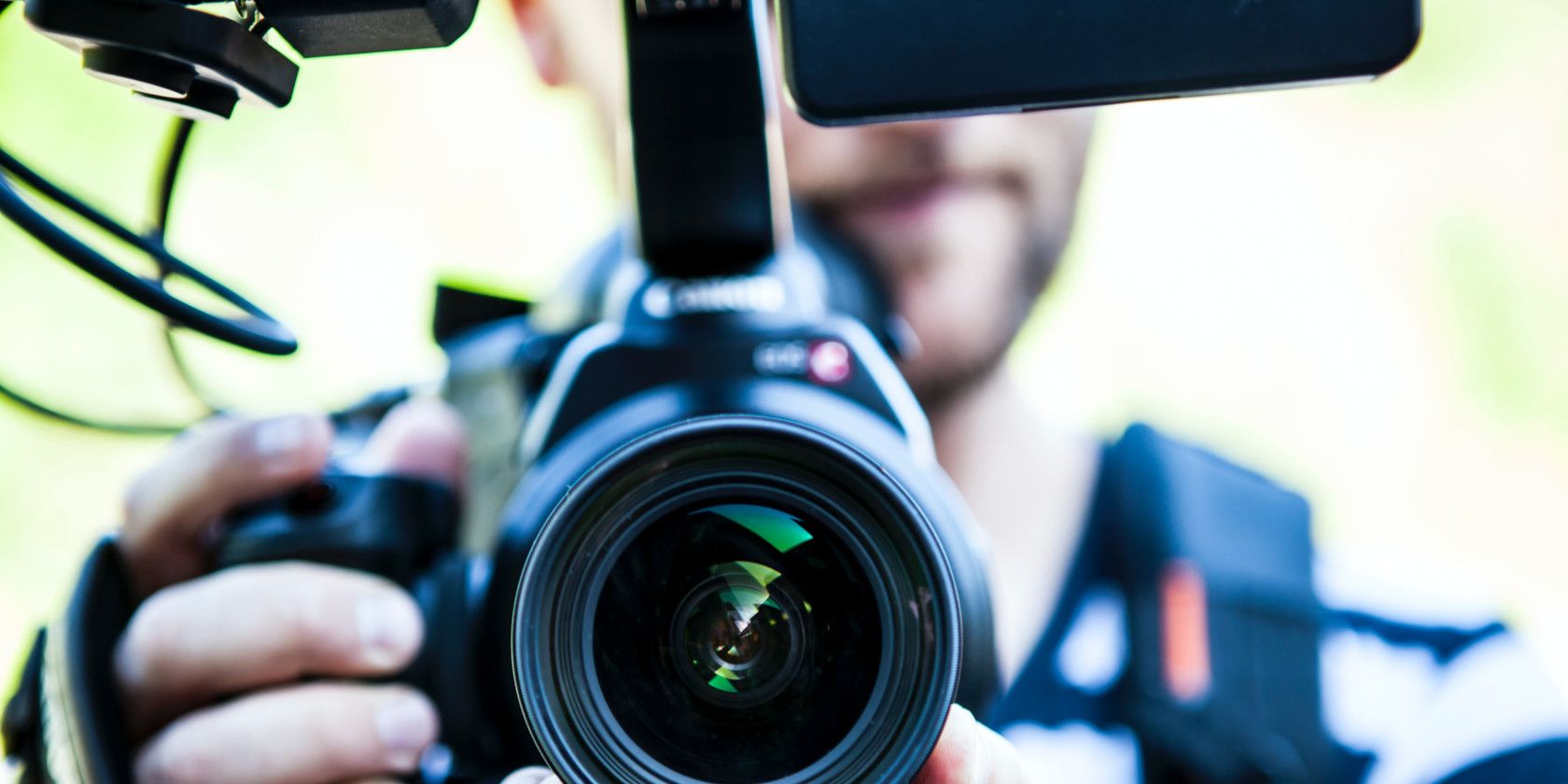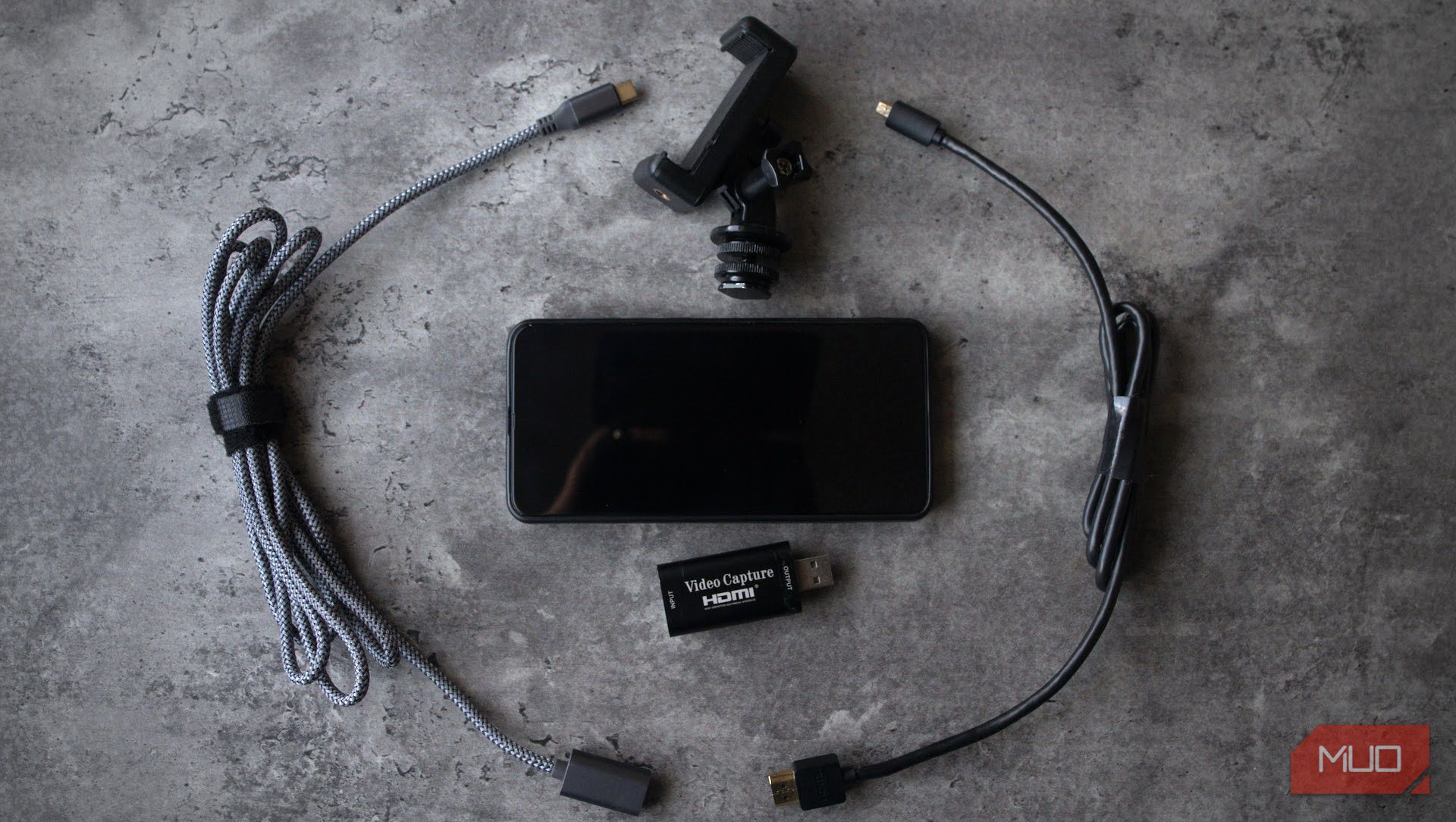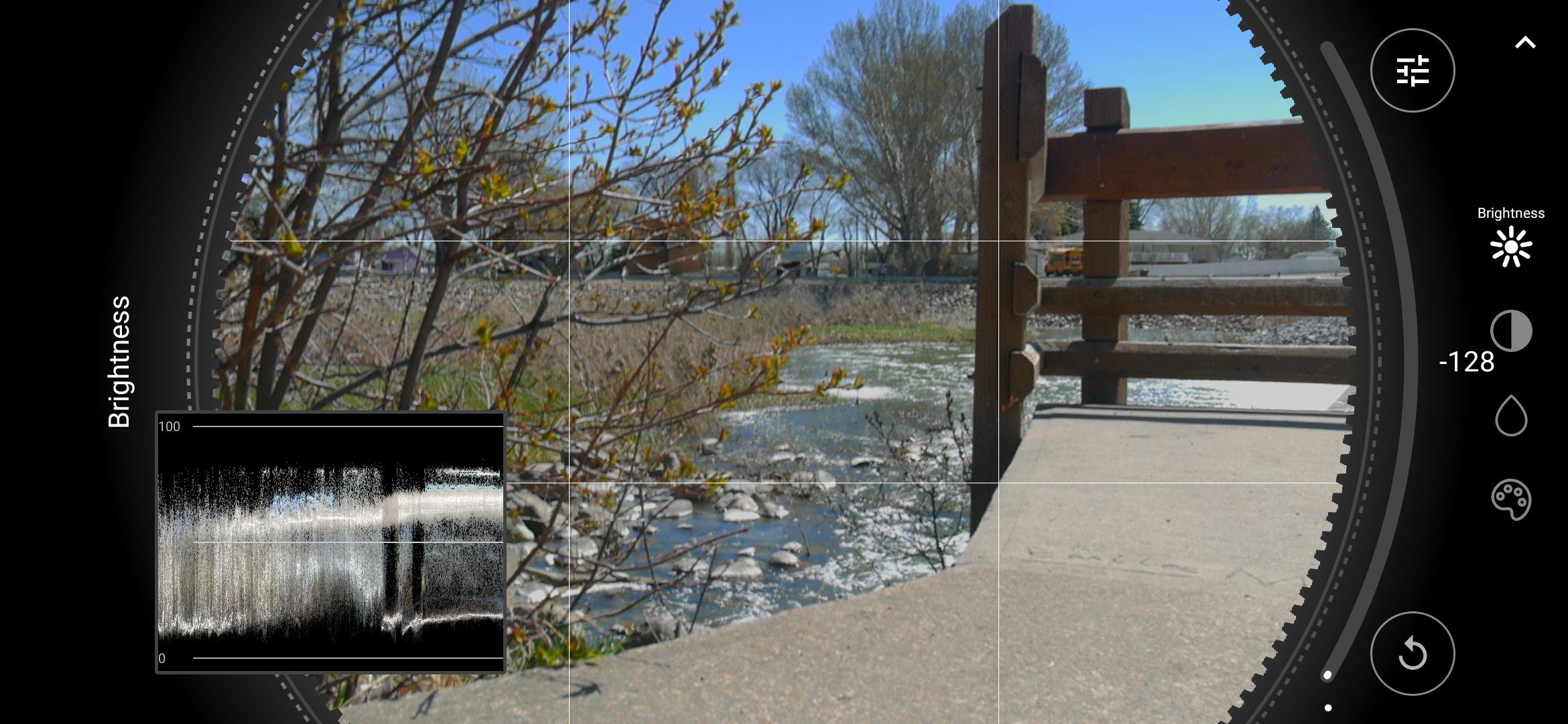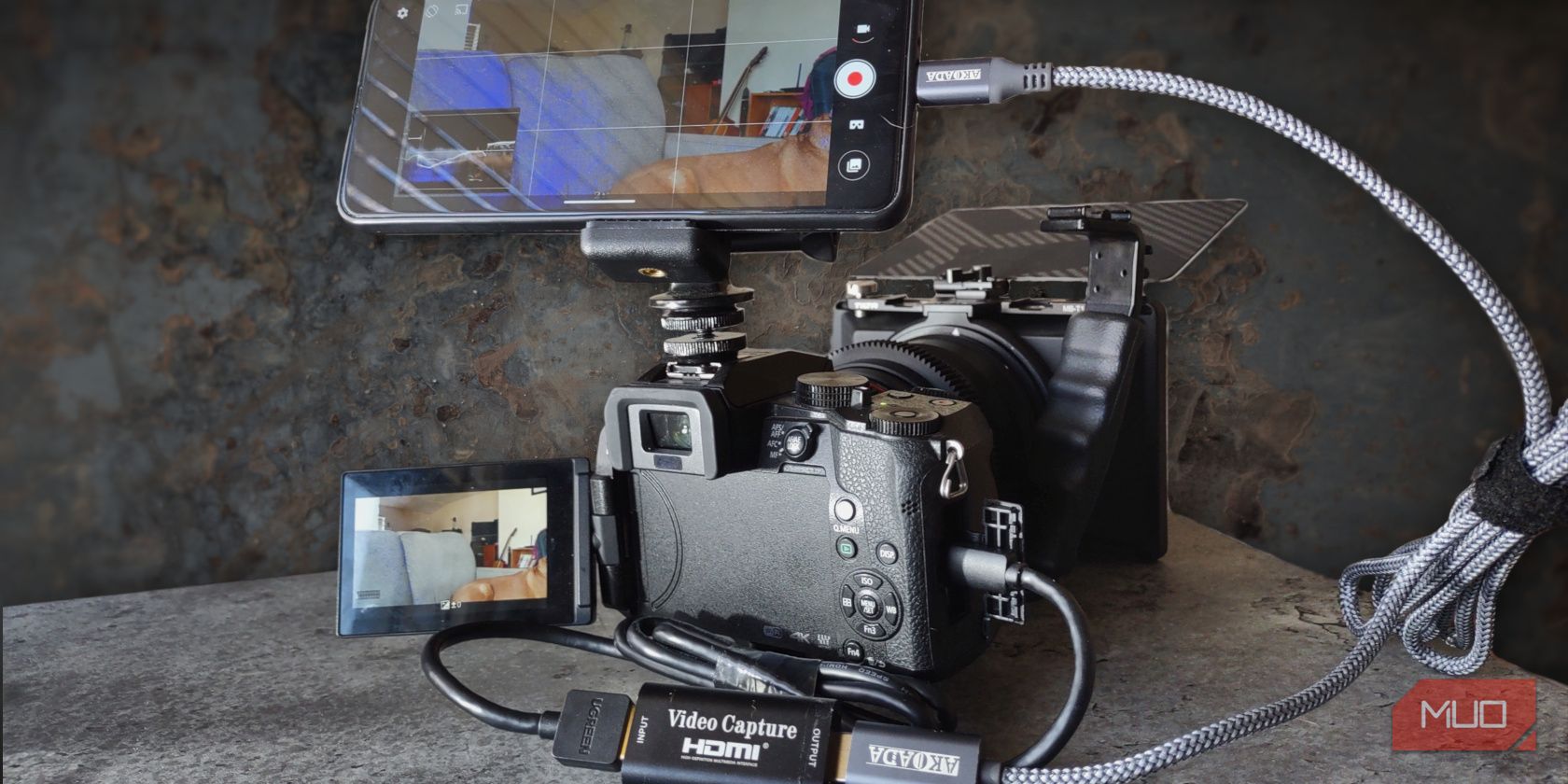Using your Android smart device as a capable video monitor for your DSLR or mirrorless camera has never been easier. But while higher-end devices have dedicated apps and hardware to achieve such functionality, those of us with more modest budgets and mid-range cameras have to get creative in our solutions.
Let's show you how to turn any Android phone into a camera monitor.
High-End vs. Entry-Level Cameras
Finding the right camera is an important step in any filmmaker's journey. And it's one that is increasingly more difficult as the video quality between high-end devices and entry-level devices continues to shrink. Where "consumer", "prosumer", and "professional" categories differ now is mostly in terms of features, not quality.
Higher-end models from companies like Canon and Sony will generally have a number of extras that are intended to mirror the functionality of professional video cameras in the hopes of courting the YouTube and streaming crowds.
Entry-level models, like the older Lumix G7 that we'll be using in this article, are more limited, despite still holding their own in video and picture quality. One example of just such a limitation, and the one we'll be tackling in this article, is the ability to use a smartphone as an external monitor.
While higher-end cameras have dedicated apps and built-in functionality that allow them to do just that, cameras like our Lumix G7, often just need a little extra D.I.Y to make it work.
What Hardware Do You Need?
First, you're going to need the right gear:
- HDMI Capture Card: Sometimes commonly called a Cam Link, that name comes from Elgato, the company which popularized such devices in game streaming and other applications—such as using your DSLR camera as a webcam.
- USB-C OTG Adapter or Cable: An OTG (On The Go) adapter converts a standard USB plug into the USB-C plug used by Android devices.
- HDMI to Micro/Mini HDMI Cable: Whether you need a micro or a mini HDMI will depend on your particular camera.
- Android Device With USB-C: This method doesn't require a particularly powerful device, so long as it has a USB-C connection and has a screen that is preferably an improvement on your camera's built-in display.
- Cold Shoe Phone Mount: Cold shoe mounts come in a variety of shapes and sizes. Look for one that fits the width of your phone and swivels to allow the phone to be used in landscape mode.
There are options available that have the capture card and USB-C OTG in a single device. But for our setup, however, we chose to keep the two separate since it has the advantage of being able to use a longer or shorter cable as necessary.
We chose our particular device, the 4K HDMI Video Capture Card from Extenuating Threads, for its low cost; pairing it with a longer-than-necessary 3-foot OTG cable. This gives us the ability to detach the monitor if more than one person needs to see what is happening in front of the lens.
What Software Do You Need?
The app we recommend for this method is called nExt Camera, available for Android on the Google Play Store.
There are other apps that offer similar functionality, we mention some in this guide on ways to use USB OTG on Android. Many of those methods, however, are specific to higher-end models with the internal software to support them, or to specific brands such as Nikon or Canon.
nExt Camera, in comparison, works with any device that can display a live video feed from an HDMI port.
Download: nExt Camera (Free)
How to Put It All Together
Tthe process of getting this method working is actually pretty straightforward. Once you have the nExt Camera app installed:
- Connect your Micro/Mini HDMI cable to the HDMI port of the capture device.
- Connect your USB OTG cable to the other port on the capture device and connect it to your Android device's USB-C port.
- Mount your cold shoe phone mount in a position where you'll be able to see it clearly.
- Set your Android display to auto-rotate, and your screen brightness to as high as you (and your battery) are comfortable with. This helps when shooting outdoors.
Once set up, nExt Camera should pick up the video feed from your DSLR or mirrorless camera instantly when plugged in.
And that's all it takes to use your Android device as a DSLR monitor!
No Budget? No Problem
DIY filmmaking with inexpensive home-brewed solutions like the one we just described can be a reward in itself.
While this method won't be competing with the likes of Atomos or BlackMagic Design with their Ninja and Video Assist series of monitors respectively. But thanks to the nExt Camera app and some inexpensive accessories, those of us with lower-end hardware can optimize our filmmaking skills a little bit more than we could before.





